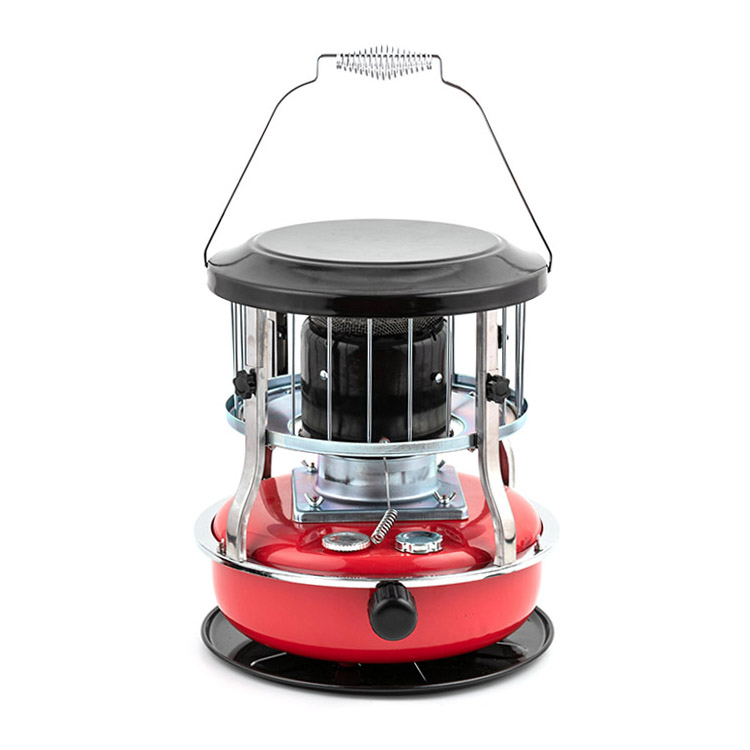A kerosene heater is a system consisting of several key components, including the fuel tank, combustion chamber, heat exchanger, blower and exhaust pipe. First, the fuel tank is responsible for storing kerosene to provide continuous energy for combustion. In the combustion chamber, the kerosene is ignited and burned, releasing a large amount of heat energy.
This thermal energy is then transferred to the heat exchanger, which is the core component of the heater. In the heat exchanger, the high-temperature thermal energy is transferred to the cold air in the passing metal pipe, causing it to be heated and converted into warm air. At the same time, the fan plays a vital role. It draws the cold indoor air into the heat exchanger through forced circulation, heats it and then blows it out through the air outlet, thereby achieving the effect of raising the indoor temperature.
Simply put, the working principle of a kerosene heater is to generate heat energy by burning kerosene, then use a heat exchanger to transfer the heat energy to the air, and heat the air through a fan circulation, so that it circulates in the room to achieve warming.
Compared with other heating equipment, kerosene heaters have significant advantages. First, it is easy to operate, just add fuel and start working, no complicated setup or maintenance required. Secondly, it has excellent environmental performance. It only heats the air by burning kerosene, does not produce harmful substances, and is environmentally friendly. In addition, kerosene heaters have high thermal efficiency and can quickly and effectively heat indoor spaces, saving time and effort.






